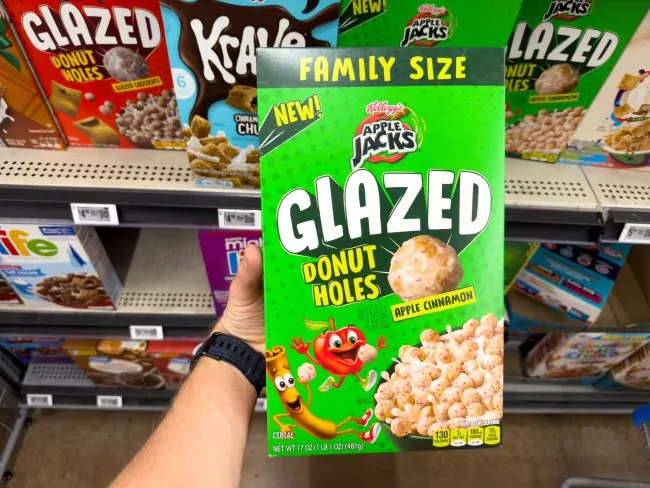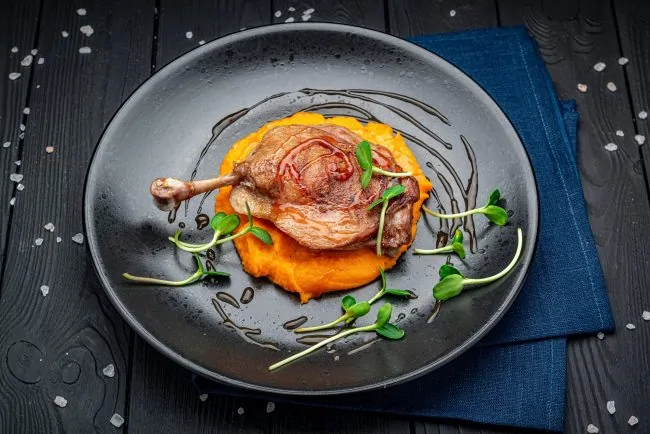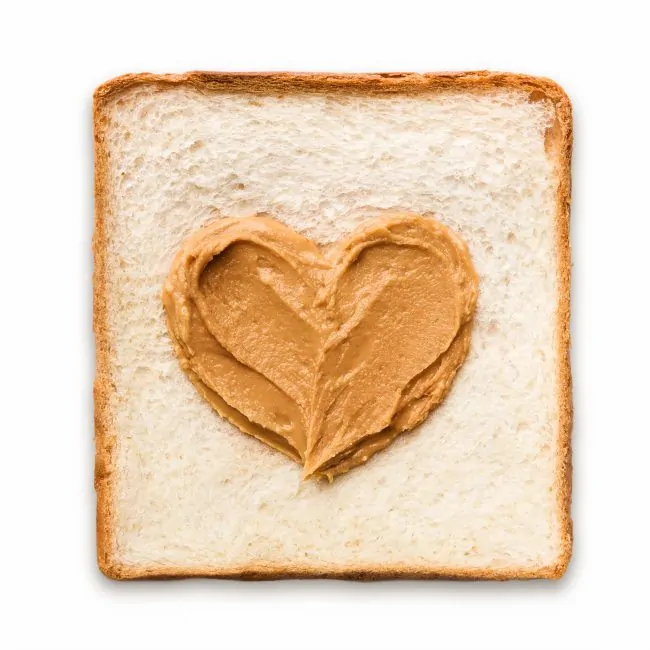Shatel Huntley has a Bachelor's degree in Criminal Justice from Georgia State University. In her spare time, she works with special needs adults and travels the world. Her interests include traveling to off the beaten path destinations, shopping, couponing, and saving.
The assumption that wealthy individuals pay retail prices because they do not care about the cost is often inaccurate. Instead, they optimize their spending to achieve maximum value and quality for their large grocery expenditures. They achieve this by utilizing specialized networks and systems that bypass the traditional retail model entirely, ensuring they never pay…
Shrinkflation is a deceptive tactic where manufacturers reduce the size or quantity of a product while keeping the price the same. To avoid detection, companies rarely advertise these changes. Instead, they rely on subtle packaging modifications that trick the eye into seeing the same amount of product. These quiet changes make it difficult for shoppers…
We often believe that shopping is a purely rational exercise, a logical journey to fulfill needs. In reality, the grocery store is designed to hijack your emotions. Retailers spend billions on architectural and psychological design to trigger specific feelings at specific points in your journey. By appealing directly to your subconscious desires, anxieties, and sense…
When you enter a grocery store, you feel like you are walking into a neutral space to buy food. In reality, you are stepping onto a carefully designed stage where the lighting and sound are the directors. Every shadow, every spotlight, and every song on the playlist has been calibrated to manipulate your energy levels.…
The frozen food aisle is usually a place of convenience, not clout. It is where you grab a bag of peas or a backup pizza for a busy night. But recently, a specific item has transcended its humble freezer origins to become a genuine social media status symbol. It is not a luxury steak or…
The cereal aisle used to be a place of comfort and consistency, but lately it has become the epicenter of customer frustration. Shoppers are picking up their favorite boxes and noticing something feels wrong. The box might look the same height, but it feels lighter. The cardboard is thinner. The price is higher. And when…
Canned pumpkin is one of the few grocery items that causes genuine panic buying outside of a crisis. Every autumn, shelves are cleared out, leading to annual shortages that have nothing to do with holiday baking volume alone. While the classic pumpkin pie is certainly responsible for a large share of sales, its recent explosion…
You walk into a store as a rational shopper, list in hand, determined to get only what you need. But retailers aren’t just selling products; they’re managing your psychology. From the moment you walk in, you are surrounded by subtle, powerful cues designed to bypass your logical brain and appeal directly to your impulses. These…
It’s one of the most consistent bargains in the entire grocery store. Right next to the $5.00 jar of a major name-brand peanut butter, the store-brand version sits for $2.50. You might stare at the two, wondering if the price difference is a trick. Is it less healthy or made in a sub-par factory? Is…
You aren’t going crazy. You’ve been tracking the price of your favorite detergent for weeks, knowing it’s always $12.99. Suddenly, on Monday, you notice the price has jumped to $15.99. You’re annoyed, but you pass. Then, on Friday, the new sales ad drops: “This Week Only: Buy One, Get One 50% Off!” You feel a…
There’s a fascinating item in the grocery aisle that breaks all the rules of consumer behavior. It’s a premium, $15 bag of coffee—think Starbucks, Peet’s, or a local “artisan” brand. You’ll find this same item in the cart of a shopper on a very tight budget and in the cart of a wealthy shopper. But…
A person’s grocery cart is a private snapshot of their life. And when money is tighter than tight, that snapshot changes dramatically. The focus shifts from “what do I want to eat” to “what can I eat.” Freshness becomes a luxury, and the new priorities are calories, shelf-life, and “fullness-per-dollar.” A cart full of the…
The frozen food aisle is one of the most expensive and tempting sections of the grocery store. It’s also home to some of the best-kept secrets in couponing. If you’ve ever noticed a stray “Manager’s Special” or bright orange “WOO!” sticker on a pint of ice cream, it wasn’t random. Most grocery stores follow a…
In the world of grocery shopping, there are two kinds of people: rookies and pros. The rookie thinks they’re saving money because they grab a few “BOGO” deals. The pro knows they’re saving money because they have a system. The difference isn’t about how many coupons you clip; it’s about the habits you have. Here…
For decades, the golden rule of saving money was “cook at home.” It was a simple, undeniable truth that making your own food was cheaper than eating out. But in an age of rising food costs and supply chain snarls, that line is getting blurry. In some cases, the “gourmet” grocery experience has become so…
We like to believe we are in complete control of our grocery trips. We think we make rational choices based on need and price. But for most of us, that’s an illusion. Decades of sophisticated retail marketing have trained us, like Pavlov’s dogs, to respond to specific cues. Our carts fill up on autopilot, not…
















